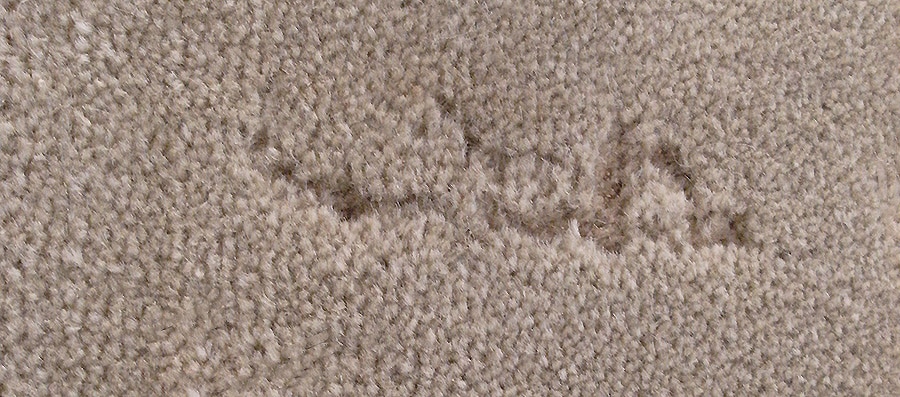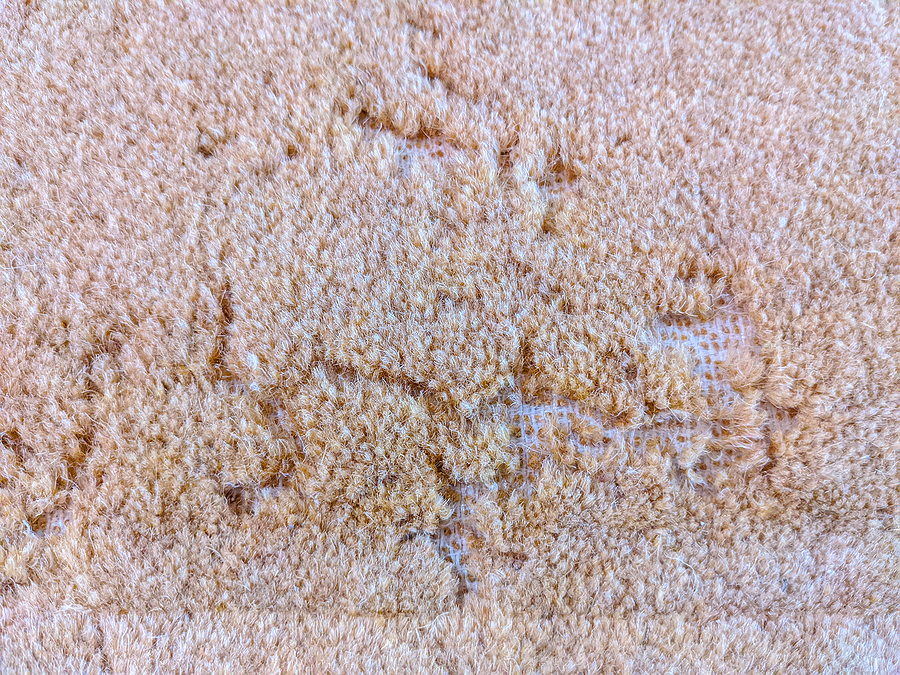How to identify and get rid of carpet moths
Carpet moths, also known as carpet beetles or carpet larvae, are a type of insect that can cause damage to carpets, rugs, and other textiles.
They are not the same as clothes moths, although both types are members of the same insect family called Tineidae.
Carpet moths, also known as tapestry moths or casemaking clothes moths, are primarily found in carpets, rugs, and other textile floor coverings. They are smaller than clothes moths, with a wingspan of around 9-16mm, and are usually brown or cream in color. Carpet moths lay their eggs on natural fibers such as wool, silk, and feathers. The larvae of carpet moths spin silken tubes or cases around themselves and move around, eating the fibers as they go. They can cause significant damage to carpets, rugs, and other textile floor coverings.
Clothes moths, on the other hand, are found in clothing, bedding, and other fabrics that are stored in dark, undisturbed areas. They are slightly larger than carpet moths, with a wingspan of around 10-20mm, and are usually a golden color. Clothes moths lay their eggs on natural fibers such as wool, silk, cashmere, and fur. The larvae of clothes moths are small, white, and worm-like, and they feed on the fibers of the fabrics they are in contact with. They can cause significant damage to clothing and other textiles if left unchecked.
Carpet moths, or carpet beetles, can cause significant damage to carpets, rugs, and other textiles in homes. Here’s how to identify and eliminate them before they cause too much damage.
How to identify carpet moths
Identifying carpet moths can be tricky, as the adult moths are small and can easily go unnoticed. Their larvae are more visible, usually white or brown and can be up to 5mm long.
The larvae are often found in dark, undisturbed areas, such as under furniture or along the edges of carpets and rugs, feeding on their natural fibres.
You likely have a carpet moth infestation if you notice small, irregular holes or bare patches on your carpets or rugs.
How do carpet moths get into your home?
Carpet moths can enter your home in a variety of ways, but they are often brought in on infested items such as second-hand clothing, furniture, or rugs. In some cases, adult carpet moths can fly into your home from the outdoors.
Adult moths are attracted to feathers, fur, and other animal materials and can lay their eggs on them. Once the eggs hatch, the larvae will then feed on these materials as well as any nearby textiles.
 How to get rid of carpet moths
How to get rid of carpet moths
You can take several steps to get rid of carpet moths.
Vacuuming: Thoroughly vacuum your carpets and rugs, particularly the edges and corners. This will help to remove any larvae or eggs that may be present.
Steam cleaning: You can also use a steam cleaner to kill any remaining larvae or eggs.
Washing: If possible, wash any affected textiles in hot water. This will kill any remaining larvae or eggs and help to prevent the infestation from spreading.
Use natural moth repellents: Cedar, lavender, and eucalyptus are natural moth repellents that can help to keep moths away. You can use sachets filled with these materials or spray a solution made of essential oils and water onto carpets and other affected areas.
Freezing: You can freeze rugs or textiles for several days to kill any remaining larvae or eggs.
Professional pest control: Finally, consider using a professional pest control service to treat your home for carpet moths. These services can provide more comprehensive treatment options, such as insecticides, to help eliminate the infestation.
Carpet moths can be a frustrating and damaging pest in the home. However, by taking the time to identify them and taking the necessary steps to eliminate them, you can prevent further damage and keep your carpets and rugs looking their best.
Have you ever had carpet moths? How have you gotten rid of them?
Lisa Lawrenson
Latest posts by Lisa Lawrenson (see all)
- Masterclass: How to grow a thick healthy lawn - March 31, 2024
- Lawn care – dealing with moss and thatch - March 22, 2024
- A beginners guide to Artificial Intelligence and Chat GPT - February 29, 2024
- 10 minute tutorial: How to arrange supermarket lillies into a stunning floral arrangement - January 1, 2024
- 10 health changes women should watch out for after 50 - January 1, 2024





















